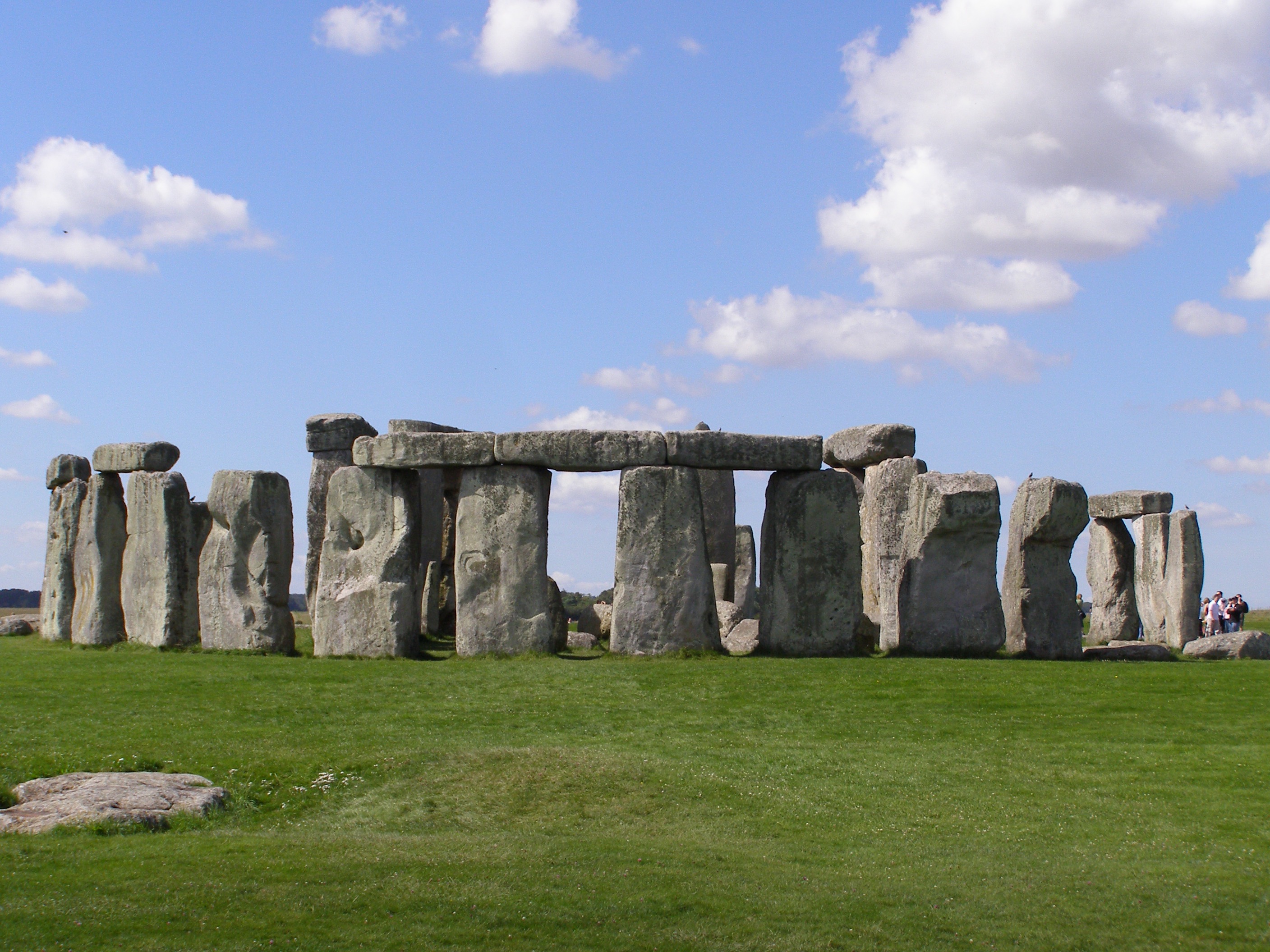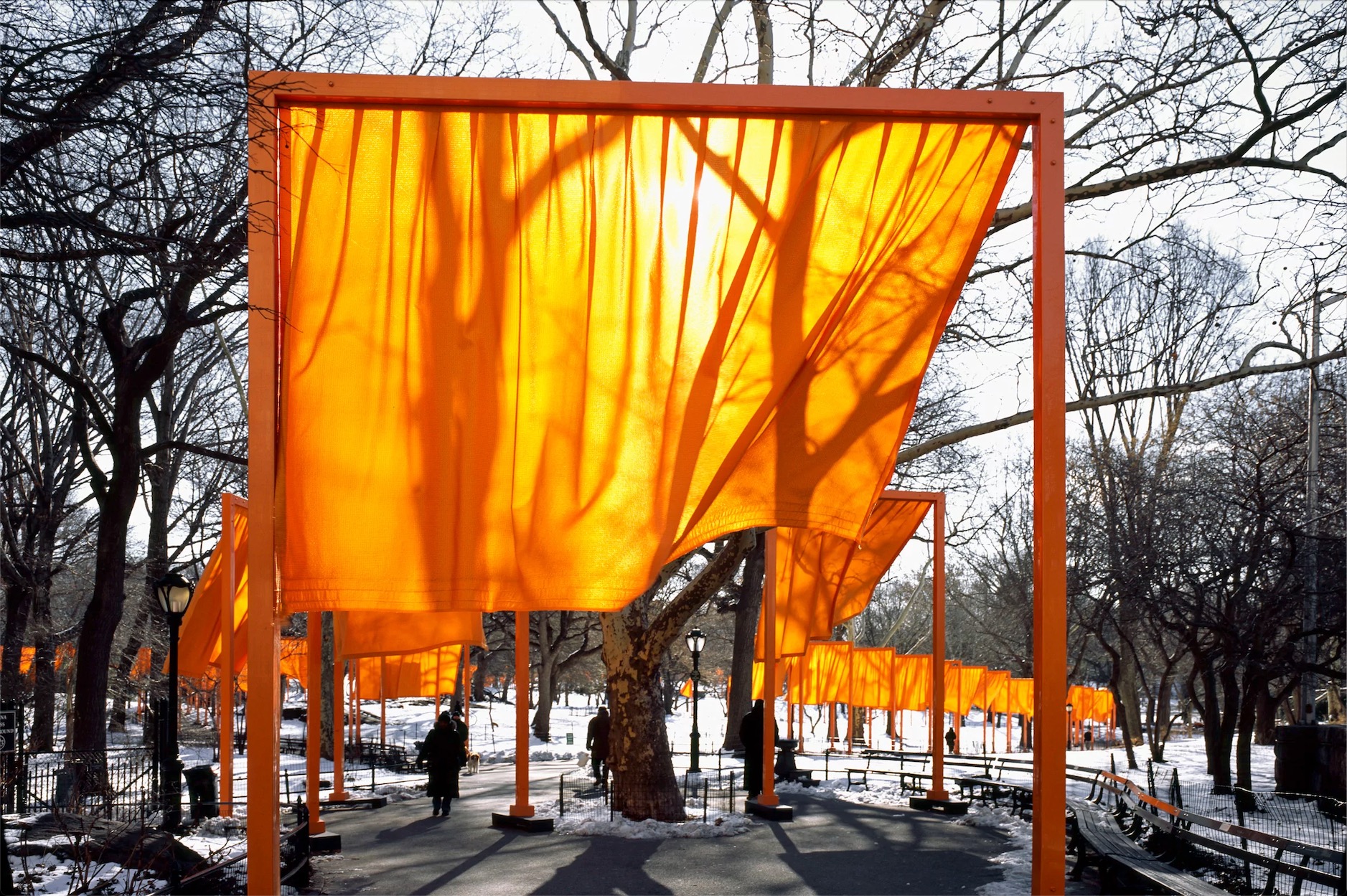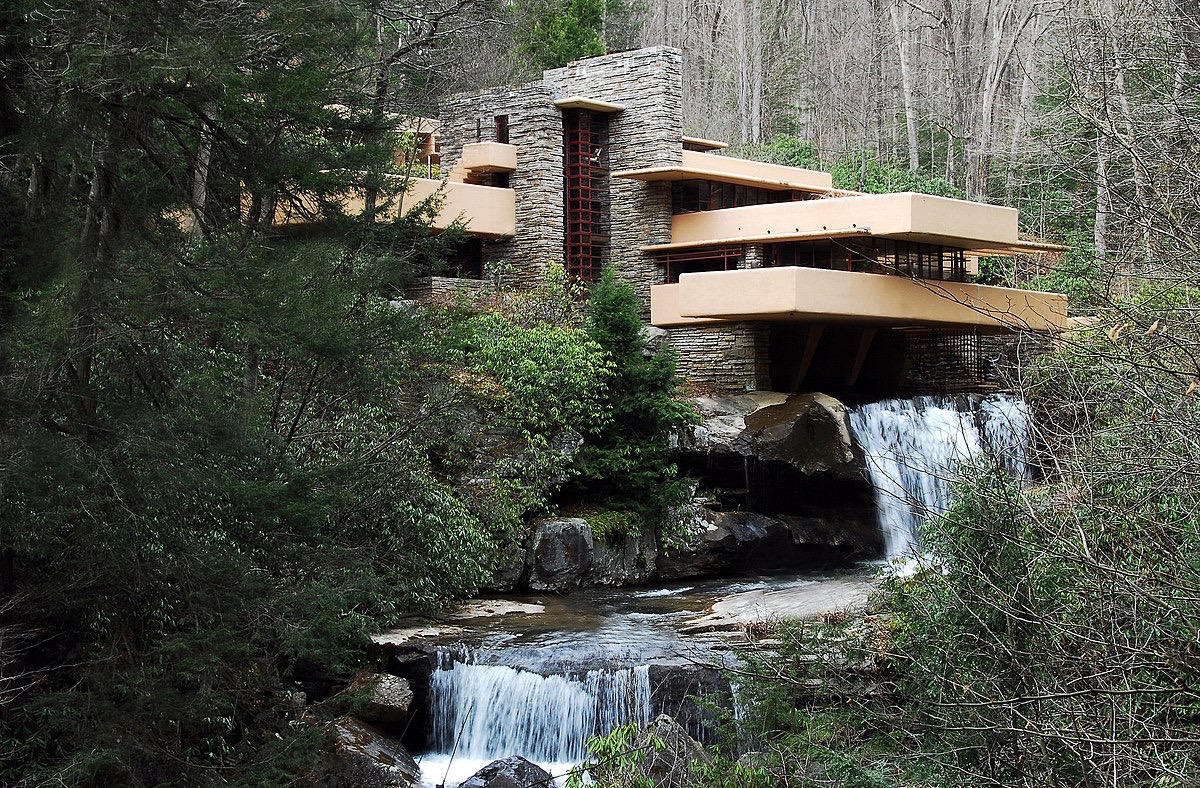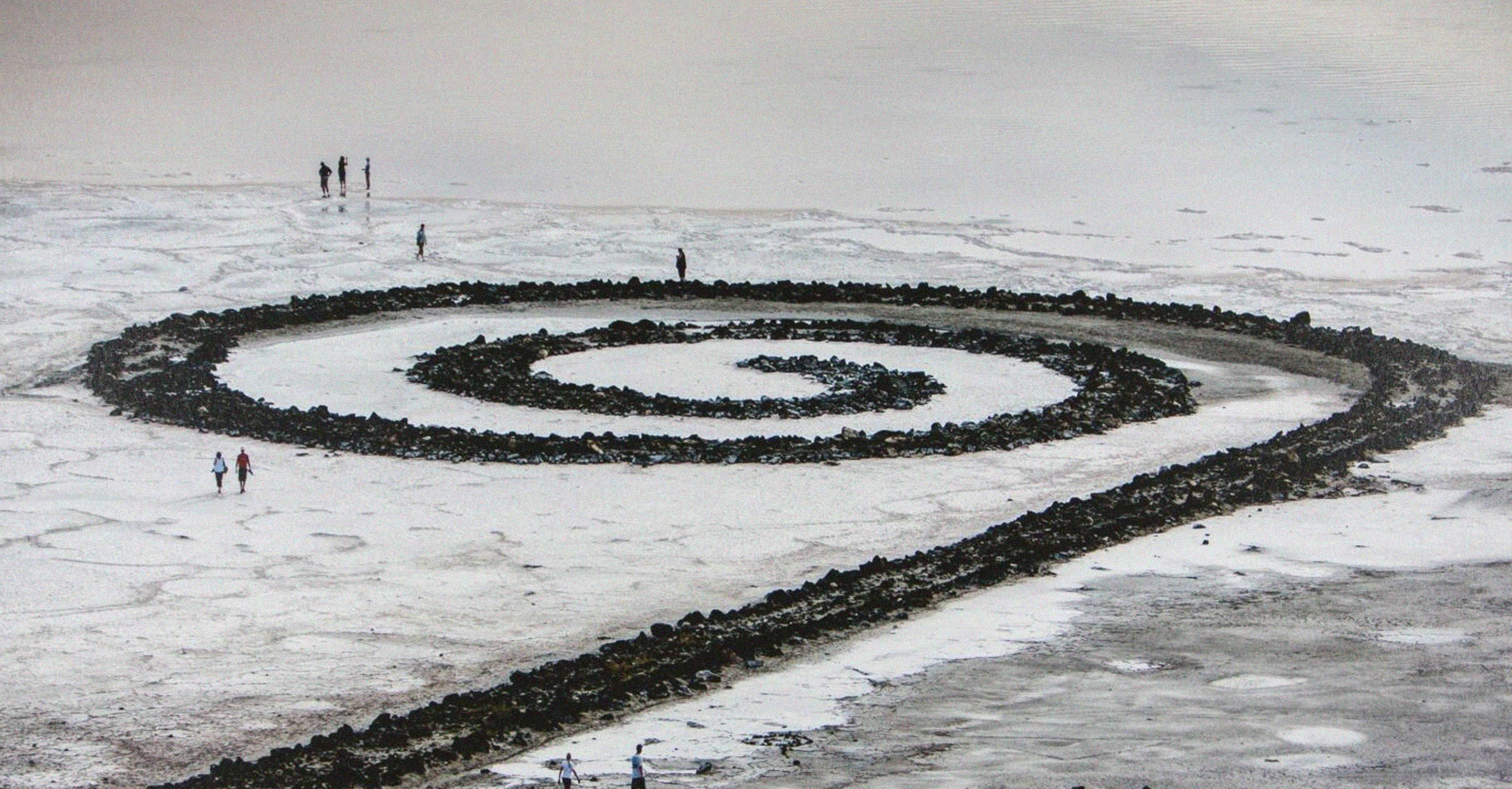art- landscape and the environment
1/13
There's no tags or description
Looks like no tags are added yet.
Name | Mastery | Learn | Test | Matching | Spaced |
|---|
No study sessions yet.
14 Terms

century/name, name of art, location, what are they and how big, when were they out there, what about the blue stones, what is the longer stone, what does this piece of art follow and help us understand
earthworks/sit specific art; Stonehenge in Salisbury Plain, England, huge stones (up to 30ft, 20 tons), 3000BC, blue stones (contained healing powers), Heel stone is the longest and connected to the sun, Stonehenge follows the movement of the sun/calendar, understand seasons
post lintel construction
organized form; building technique where horizontal beams are supported by vertical columns, post=vertical, lintel=horizontal piece on top

century/name, artist, name, how did it come to fruition, began in the year, had to do what to get it, how long did it take, how long was it up for and what does that show, how man workers and manufacturers, involved who, used the workers for what and what did they get, how many gates and where was this, what is the cloth and what is it supposed to show, how tall were the gates, widths ranged from and how many different, cover how many miles, what are the materials done at the end, rectilinear gates represent what,
earthworks/site specific-20th century, Christo, The Gates, he came up w/ it but many people helped (sign up online)- community oriented, began in 1979, had to petition and answer all q’s about how it will affect the park (why it takes a long time- 26 years to get a piece to fruition), only up for 16 days- he was committed, 900 workers/7 manufacturers- involved not only east coast but Europe as well, used workers to install and assist public, many perks (free food and compensation, professional security), 7503 gates along the pathway to Central Park, free-hanging saffron colored cloth- moves and responds to the weather and sun- nature becomes the artists by making the images on the “canvas, rectilinear gates 16ft tall, 7ft off the ground, varied in width- ranged from 5-18ft depending on the widths of the pathways, 25 different widths (adjusted design to park itself), covers 23 miles, all materials were recycled at the end, rectilinear gates supposed to match the city,

century/name, artist, name, name of construction, what did he create, where at and what big city is close, what two principles, what made principle 1 match (6)- stone, horizontal shelves, waterfall, verticals, windows, work around nature, color allows what, principle 2 (7), great room, cantilever reflects what on the outside, furniture did what, stone floor, table, fireplace, building materials, colors
earthworks/site specific art- 20th Century, Frank Lloyd Wright, Falling Water (Kaufman house), cantilever construction, domestic and public structures, Bear run, PN right outside Pittsburg, relied heavily on 2 principles, 1. he believed that a house should blend with it’s environment, 2. what you experience on the outside you should experience on the inside (continuity), 1A how does he make the house blend with it’s environment- matching indigenous stone (collected from the area), horizontal natural rock shelves under the area emphasized through horizontal balconies and overhangs (some longer/shorter), builds house directly under the waterfall so that it is integrated into the design, verticals parallel the trees (variety found in nature), windows help you engage with the nature outside, tried to work around nature, color allows blending, 2A, great room/fam room, very open, nature is expansive like this room, cantilever is in the stone as well (reflects horizontals of the outward rock balconies), furniture is all cantilevered, stone floor with boulders bulging out, section of a log as a table, massive fire place(natural heat and cooking), stone and wood (predominant building materials), all colors of furniture that weren’t neutral match the tree colors
cantilever construction
first to put this into a home to create levels and overhangs, reinforced concrete
17th century/dutch republic
background/nature was not important up to this point, but now used as the main event; dutch very unique- fought against an oppressive king (of Spain) persecuted those who did not want to be catholic, enjoyed a lot of freedoms (after Martin Luther) and merchants lived in the land (so they enjoyed more landscapes

century/time period, name and artist (time period) and where, how picked, goal, what is the experience like, impact, what forces are working and what natural causes, what organism, what about her spiral and what does it show
earthworks/site specific art, Spiral Jetty by Smithson (1969-1970) in the Great Salk Lake, carefully picked, goal- bring community to art, sublime experience in nature, has a powerful impact, constructive and destructive forces- water/volcano/sun, the great Salt lake supports one organism (bacteria which is why its red), a spiral is a nature shape- represents construction and deconstruction
century/name, artist, name, what stands out (#1) and what does it show, the sky is notable why, what did the structures on the land do, what helps make the dutch rich and what is emphasizing it, what was an ingredient in their rich items, what made this ingredient?
17th Century/ dutch republic, Jacob van Ruisdael, View of Harlem, Saint Bavo church stands out among the landscape, selective realism- adjustments are made, the sky is notable bc it takes ¾ of the painting- shows selective realism (clouds do not normally appear together), sky also shows nationalism, windmill as a means of pumping water from the land (3/4 underwater land)- sign of ingenuity, light is shining on people doing linen bleaching which made them one of the richest in the 17th century, linen bleaching contained buttermilk- which the dutch were very proud of because of their cows (tubs of butter)
century/name, artist, name, who lived here, what does this city look like now?, what was this city known for (3), 2 structures emphasize in the back are what, what does the second structure house (what did he do and what was his name)
17th century, Jan Vermeer, View of Delft, artists lived here, looks similar now to what it looked like in the 17th century, heavily involved in shipbuilding and trade- dutch east India company, big producer of beer, Delft wear (ceramic company) blue and white, 2 structures are emphasized (protestant churches), Old Church not illuminated and the newer one illuminated- houses the tomb of one of the great heroes of the dutch republic - the man who led the dutch in the revolt of the dutch against Spain- William the Silent
century, artist, name, subcategory of what, where is he from, what is the name of this type of landscape called and what does it focus on, what elements of nature are shown here, dead tree shows what and pushes you where, living tree is what for the people, the boulders show what, why do the people have their backs to us, the rocky path shows what, the experience of nature helps show us what, nature is a vehicle for understanding who, what shows this, these brush strokes are what and this painter uses contrasts of what
19th century/ Romanticism, Caspar David Freidrich, Two Figures Contemplating the Moon, subcategory of Romanticism- Landscape romanticism, German artist, sublime- the moon, the moon changes, impacts the tides, reflects the sun, massive tree- dead but has moss (is being used in a different way), we are drawn to the cycles of nature, dead branches push your attention to the living tree (drawing reference to death and life) but also forming a nice protective canopy for the two viewers, massive boulders help us to think about the movement of the earth and glaciers etc, the people have their back to the viewer to kind of invite us in, the rocky path extends beyond the picture plane again to invite us, experience in nature helped us to better understand God- the wonders and complexity bring your closer to God, nature as a vehicle for understanding the divine, blasted trees, uneven ripping of another tree, uses contrasts of dark and light, tighter brush strokes
romanticism
emphasize emotion and emotional responses, subjective (some sort of personal connection with their subject), uses dramatic lighting (contrasts of dark and light)
century/name, artist, name of work, reflects an event that is what to turner, what is happening and what building is it, what happened to cause this disaster, what does this show about sublime nature, turner likes what, people are blurred to show what, what bridge is this and what is on it, what’s in the water, what structures are prominent and why, this painting does what, what are the brush stroke like to show what, and what is the technique called
19th century/ romanticism, J.M.W. Turner, Burning of the Houses of Lords and Commons, reflects an event that is personal to turner, fire burned out of control all of the government buildings in London, stove within the building used for heat got out of control, fire is a incredible force to be reckoned with- overwhelms us, reminded of how small and insignificant we are in the face of the forces of nature, just barely make out the building, the people of London are on the bottom/ blurred because of the smoke, Westminster bridge- people covered, people in boats, two prominent towers one of the major churches in London, Westminster Abbey- contains tombs of some important leaders (where the elizabeths are buried), pulls us in very quickly, loose brush strokes-free of any confining lines to appear all-consuming, uses impasto
impasto
using thick, heavy brush strokes to emphasize subjects
century/name, artist, name, scale to emphasize what, where is this, what did the artist do and what did that emphasize, where do these landmarks happen, what are the stats of this one, comparing the two sides- right side is what color compared to the left, the right is sizewise what from the left,
19th century/ romanticism, Thomas Cole, The Oxbow, large scale- emphasize the importance of the land and it’s wonder and beauty, American- Hudson River Valley (upstate New York, Vermont, Maine) he went hiking to take in it’s uniqueness and wonders (personal connection), this wonderful land should be protected because of its beauty, oxbow’s only happen in ancient rivers (river turns back upon itself), this is one of the largest in the US- travels through multiple states, two distinct landscapes here, the right side of the oxbow is dull greens and yellows, doesn’t look as alive as the left side (drab and dying), size of the right side is larger than the left side, presence of humans on the right side-clearcut forest, smokestacks, people in a boat, on the left side is shows no sign of humans acting upon it, sublime in nature- flash of lightning, big storm, the impact of previous storms- one damaged tree that holds up a dead tree, but again is filled with life, death and life cycle shown here again, Cole wants to show acts of preservation /conservation and was scared that with the westward explantion, Cole is here he is sketching by the umbrella- shows us how he cares about conservation